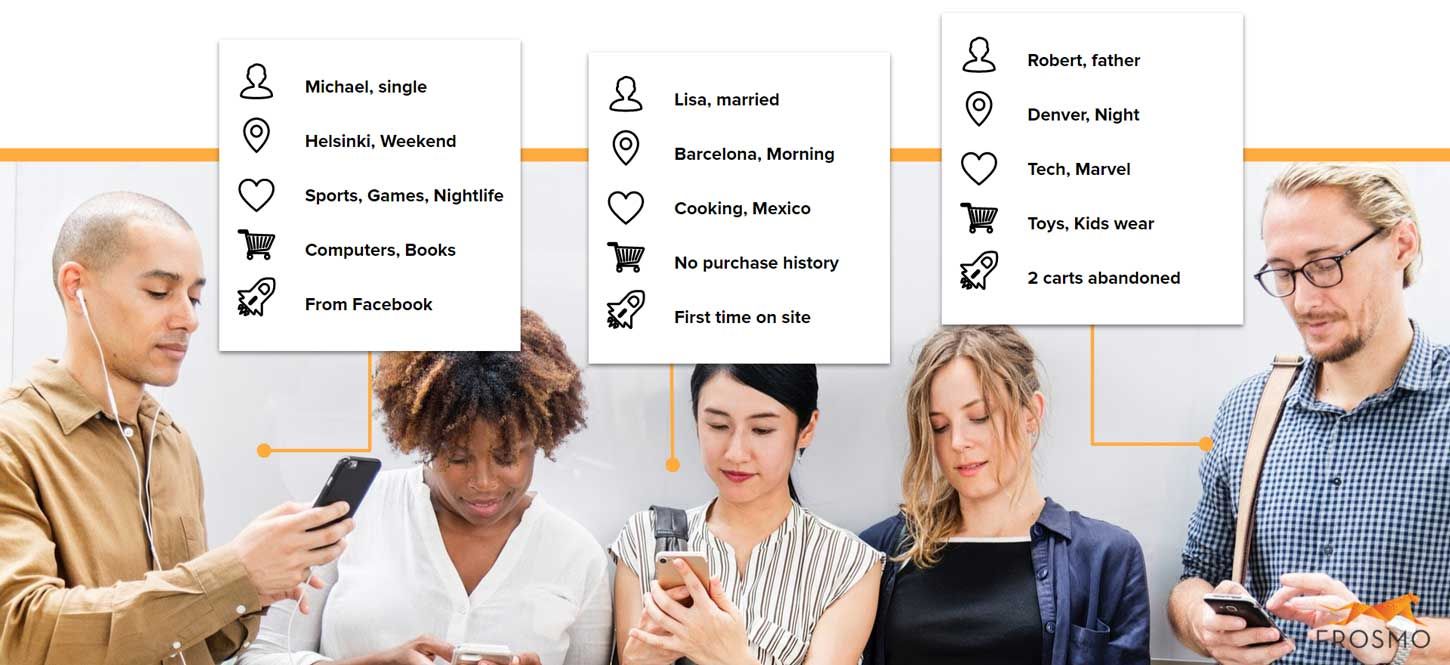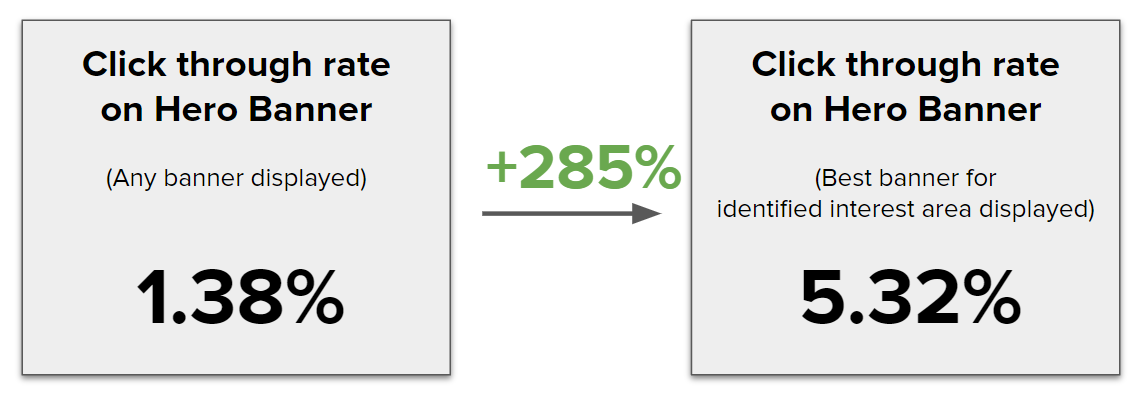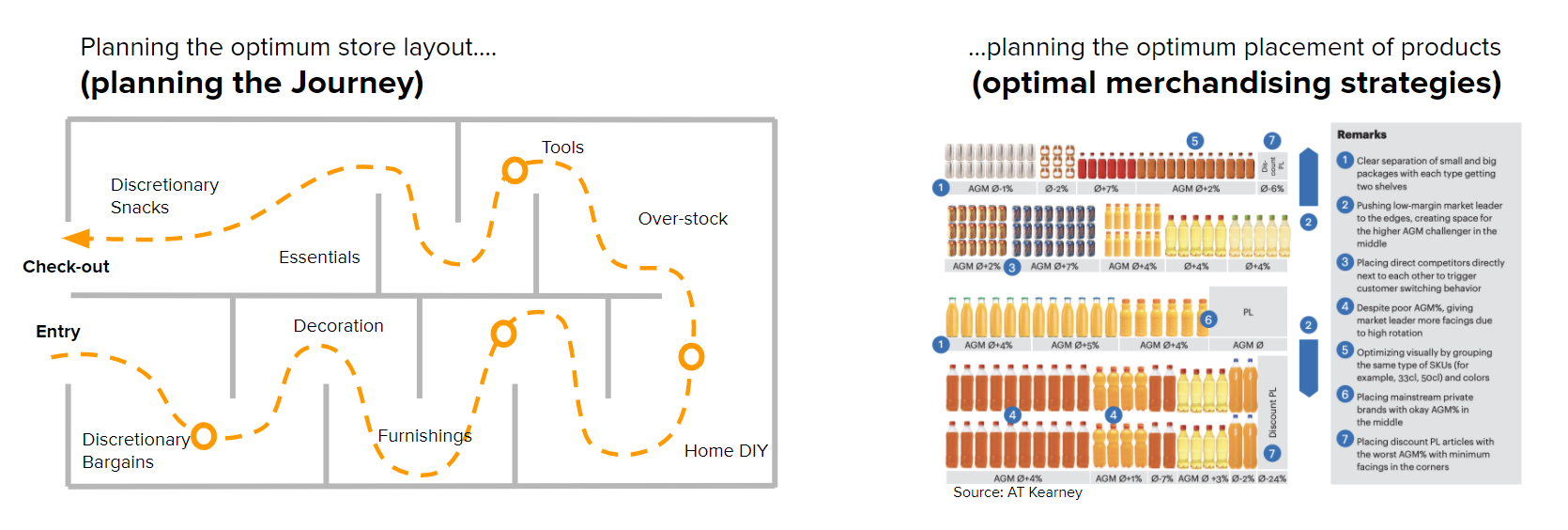News
Let's Get Personal: How to Create Successful Customer Journeys
Here's a look at the most common use cases of a personalisation engine, practical examples and business KPIs
Why should you think of personalisation of your website or ecommerce site?
The purpose of this post is to share the most common use cases of a personalisation engine and discuss practical examples and business KPIs for each use case.
Let’s start by learning from the best. What do Netflix and YouTube do to keep you engaged for hours even if you had plans to do something completely different? They give you personalised recommendations that are tailored to your preferences and driven from massive amounts of data.
Did you know that 80% of Netflix views were from recommendations? The recommendation engine is driving what people are consuming and content relevancy drives consumption. In YouTube, we can easily notice how recommended videos change based on what you view on the channel. There are no two identical user interfaces as every user has their content personalised for them specifically. These online services are setting the bar for all websites and ecommerce sites.
Why personalise?
Problem: “I cannot fit everything on the front page that should be on the front page.” That is the point of personalisation. How do I make my front page (and all other pages) relevant for everyone?
Every visitor that comes to your website is impatient and wants to find the information relevant to them instantaneously. Without personalisation, you can try to create a click journey where you are creating a path for a persona and hope that they follow that path. Unfortunately, visitor behaviour is not that predictable and visitors might easily fail to follow that path you have attempted to create for them.
A fair amount of time is spent on identifying the most universal content to show on a hero banner, for example. This leads to your content competing against itself. With personalisation, you don’t have to spend time on planning and making compromises, but each piece of content gets its place in the spotlight based on a user's behaviour.

Definition of a personalisation engine
A personalisation engine allows marketers and ecommerce managers to deliver the right content, recommendation or call-to-action to the right people at the right point in their customer journey.
Personalisation by a personalisation engine such as Frosmo is only applied to the visitor if they have given consent to the website’s cookie policy and, therefore, meets legal obligations by respecting the privacy of the user. Even after giving consent for cookies, the anonymous visitor is not identifiable.
Examples of data points
It’s important to note that, by default, a personalisation engine works with anonymous visitors who often represent the largest subsection of those viewing a website. However, there are many data points that can be used to tailor experiences to each individual. Below are some examples that are of interest when it comes to personalisation:
- Contextual information, such as the location of the visitor, weather, time of the day, and page type. Automating content, including weather data, based on the user's location has been very helpful for our energy contributor customers, often reducing manual work required in the event of extreme weather. In the case of storms that lead to power outages, electricity distributor website visits tend to skyrocket. Personalised hero banners for the visitor that immediately guide how to move forward have proven to be valuable. This same weather data that is available from anonymous customers (if a location is known) can be used by an ecommerce business. If a website visitor is in a location suffering from severe rain, for instance, an apparel ecommerce store could recommend rainwear on their homepage.
- Visitor behaviour offers the most obvious data points for personalisation. Typically, a personalisation engine tracks campaign referral, clicks, product views and other personal behaviour. For example, in the case of a visitor entering the website via a specific marketing campaign, the company already knows which product or service they will be most interested in. Content on the website can then be aligned with the campaign to avoid wasting anything from the company’s marketing budget.
- The behaviour of other visitors is crucial in enabling the personalisation engine to decide which content or recommendation strategy performs best. When a particular personalisation variant performs well in terms of clicks and conversions, it’s probably a good idea to show the same variant to the next visitor as well.
- AI predictions about visitors’ current wants and needs. Given all the data points available, a personalisation engine typically includes AI features that make predictions about visitors’ main areas of interest and subsequently tailors content to what they are looking for.
Use cases for a personalisation engine
- Marketing: finding the right message for the right audience on right channels - Every marketer wants their campaigns to be profitable. Imagine spending a lot of money on a campaign and for that traffic to bounce away because they don’t see anything relevant. Or you get the traffic to the site, but they don’t convert or find what they are looking for. Marketing use cases offer great examples of the importance of showing the right content based on which campaign the visitor has arrived from.
- Digital commerce: tailored content, offers, and recommendations - The most familiar form of this use case is product recommendations. They help ecommerce visitors find relevant products and complete their offers with ancillaries that might otherwise be forgotten.
- Service and support: reduce customer effort or increase customer satisfaction - Delivering the brand experience on a digital site. Making things fast and easy, smooth, and aligned with your brand promise.
When deliberating over how to begin, the first thing to think about is which one of these use cases should a company start with. All of them are valuable, but their effectiveness depends on the company in question.
Marketing and customer experience use case example
Frosmo deployed a marketing/customer experience solution for the website of a European teleoperator. Teleoperations is a complex business: as you have different types of clients - consumer clients, B2B clients - it is difficult to pin down campaigns to specific audiences. On top of this, there are different types of subscriptions, devices and corporate communications. However, there may only be one website serving all those audiences and needs.
Frosmo implemented an AI-based promotion targeting a European mobile operator. It was a two-week test where they wanted to test AI-driven optimisation for their hero banner. During the test period, they almost tripled their click-through rate for the hero banner from 1.38% to 5.32%.

The answer to the question of where to start is clear: start with the hero banner. The lowest hanging fruit is the front page personalisation for your returning visitor. You know what they are interested in based on their previous visits and a visitor returning suggests they are there on purpose. Dynamic slots for each page (frontpage, customer page, landing page/ecommerce solution page, resources page) will pique returning visitors’ interest and retain custom.
Digital commerce use cases
In ecommerce, calculating the business case is very straightforward. There are two main variables that ecommerce business owners are interested in: purchase conversion rate and average order value. Thus validating the business case is simply based on how much personalisation affects these two variables.
Frosmo implemented Black Friday & Christmas season personalisation for a home electronics website where a set of recommendations were actioned across the site. This was done by using a dynamically targeted hero banner and promotional elements across the site. The results were remarkable: purchase conversion increased 23% (from 1.16% to 1.43%) and average order value increased 14% (from 425€ to 487€).
Steering customer journeys in real life
A great mindset for personalisation is to make use of the methods that are used in brick and mortar stores. Those store layouts and product placements for optimal merchandising strategies are carefully planned for maximum profit. With this in mind, it is equally important to think about the customer journey in ecommerce. Optimising strategies is proven to increase profitability by 15%!

Many customers do A/B testing to validate if Frosmo is worth it. We typically deliver excellent results — the best business results over any competition. One big factor explaining this is our approach to customer experience.
Read more about Frosmo here.
Data is crucial in creating effective personalisation experiences. Frosmo and Critical Software have partnered to provide end-to-end solutions from data consolidation to personalised customer journeys that increase conversions and create memorable experiences.